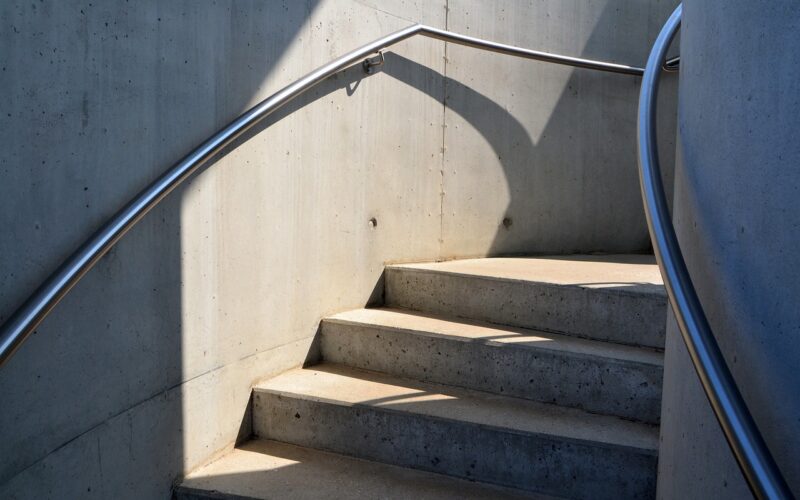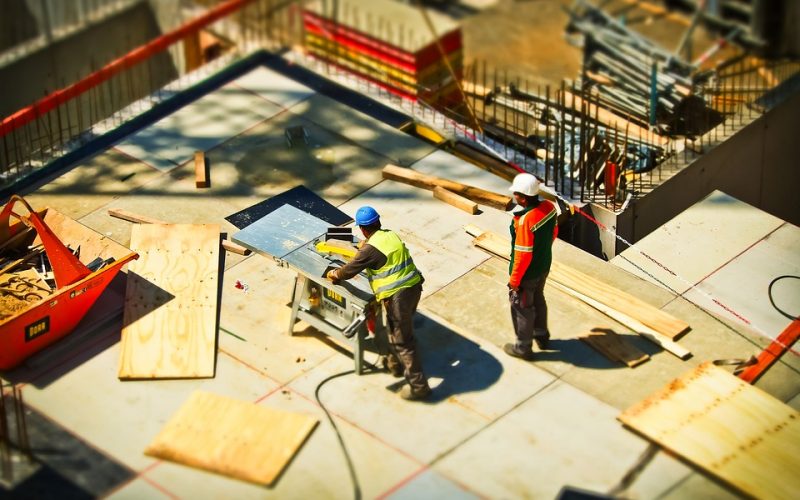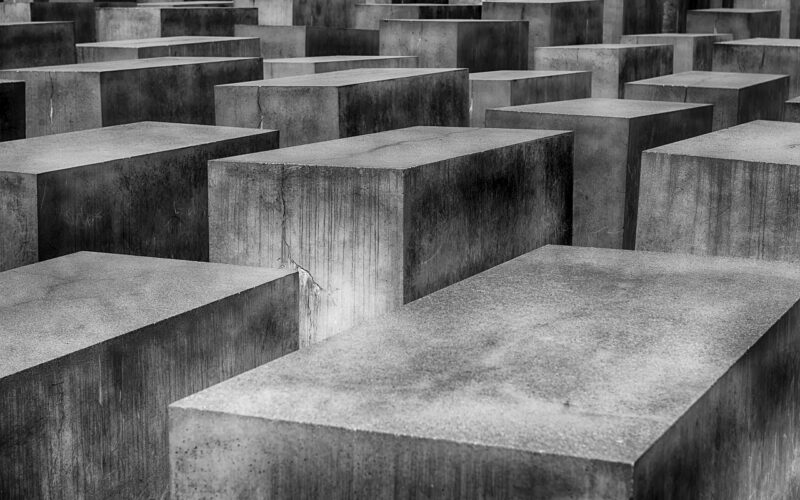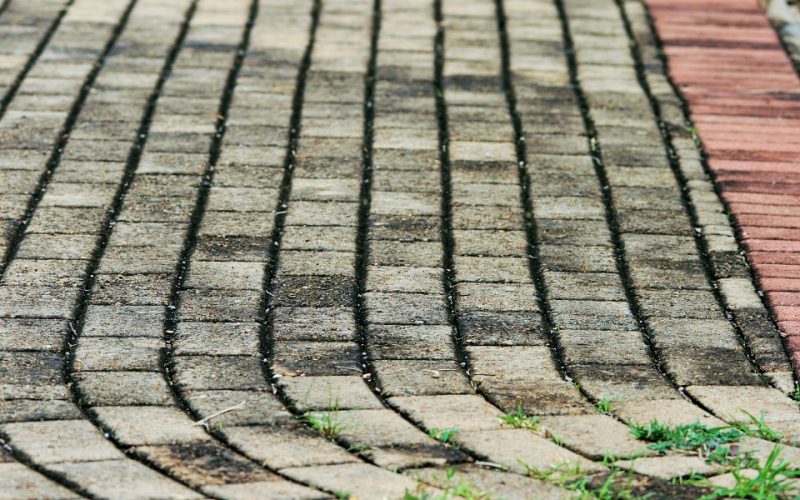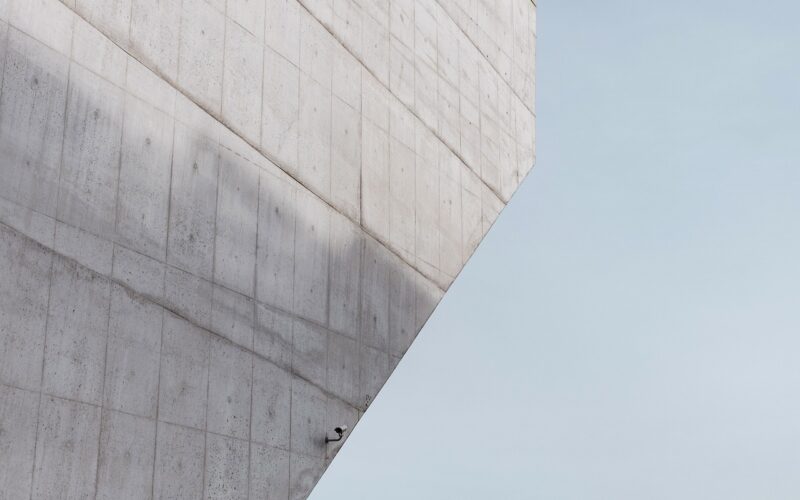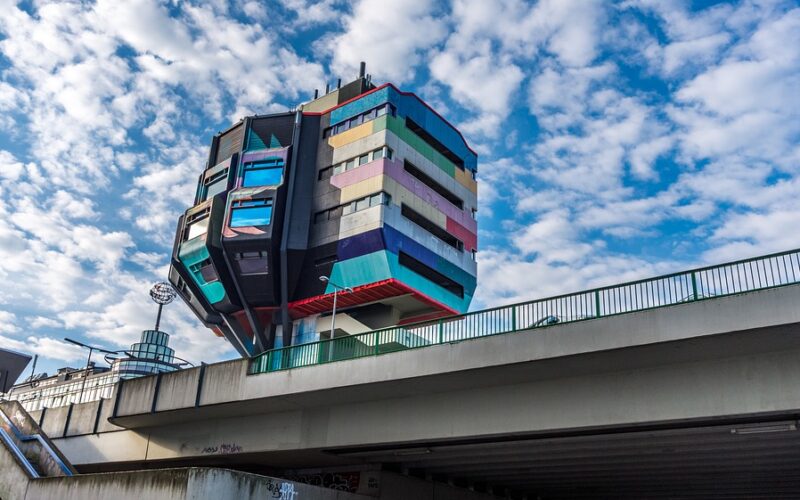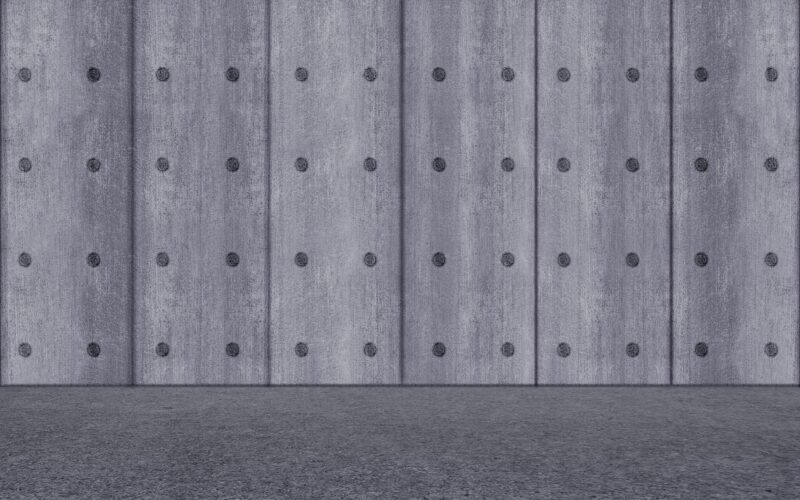The Role Of Concrete In Construction
Concrete is one of the most widely used materials in the world of construction, thanks to its durability, versatility, and cost-effectiveness. Serving as the backbone for many modern architectural marvels, concrete’s role in constructing homes, bridges, highways, and skyscrapers is indisputable.
The composition and properties of concrete
Concrete is a composite material composed primarily of aggregate (gravel and sand), water, and cement. When mixed together, these ingredients undergo a chemical reaction known as hydration, which results in the hardening of the mixture into a rock-like material. The strength and stability of concrete can be altered depending on the ratios of the components and the addition of other binding agents or reinforcements, such as steel rebar.
The properties of concrete, including its impressive compressive strength and resistance to fire and water, make it an ideal choice for a wide range of construction applications. It can also be cast into various shapes and sizes when in its liquid form, which solidifies to conform to specific design specifications.
Concrete in structural construction
Concrete’s strength makes it especially suitable for structural construction. It is often employed in the creation of foundations since it can bear immense loads. Skyscrapers depend on concrete's sturdiness to remain upright against gravitational and environmental forces. It's also frequently used in the construction of other load-bearing structures, such as beams, columns, and slabs.
Another significant advantage is concrete's ability to be combined with steel to create reinforced concrete. This composite excels where concrete alone might fail—specifically in tensile strength. Reinforced concrete is utilised in expansive projects such as bridges, overpasses, and large buildings which require additional structural support.
Utilisation of concrete in architectural designs
Architects have long appreciated concrete not just for its functionality but also for its aesthetic versatility. With advancements in concrete technology, it can be finished in myriad ways—polished, stamped, or textured—which allows architects to achieve unique visual effects.
Modern concrete buildings are a testament to this material's adaptability. They feature walls with creative patterns, curves that defy traditional angular structures, and surfaces that play with light and shadow. Concrete’s fluidity before setting gives designers the freedom to push the boundaries of traditional construction.
Challenges and innovations in concrete construction
Despite its many benefits, concrete construction does face its share of challenges. One of the prime concerns is the environmental impact associated with the production of cement, a key component of concrete. The cement industry is a significant contributor to carbon dioxide emissions, a fact which has sparked innovation in creating greener concrete alternatives.
Today, efforts are focused on developing eco-friendly cements and incorporating waste materials, like fly ash or slag, into concrete mixtures to reduce emissions and leverage recycling. There is also a drive toward creating self-healing concrete, imbued with bacteria that can produce limestone to fill in cracks that develop over time.
Concrete maintenance and repair
The longevity of concrete structures requires effective maintenance and timely repair. Factors such as weathering, chemical corrosion, and physical wear and tear can cause deterioration. Regular inspections are crucial for early problem detection and for carrying out repairs using patches, sealants, or resurfacing techniques.
Advanced monitoring methods, such as embedding sensors within concrete, are being explored to proactively manage maintenance. These sensors can detect changes in the concrete, enabling maintenance teams to react before minor issues escalate into major structural concerns.
Final thoughts on concrete in construction
The future of construction continues to be shaped by advancements in concrete technology. With its ability to evolve and its fundamental role in past and present construction, concrete will remain indispensable. It stands as an enduring symbol of human achievement in building robust, awe-inspiring structures that stand the test of time. Whether it's high-rise apartments, sprawling infrastructures, or statuesque monuments, concrete proves to be as versatile as it is stalwart, a true foundation of construction excellence.
